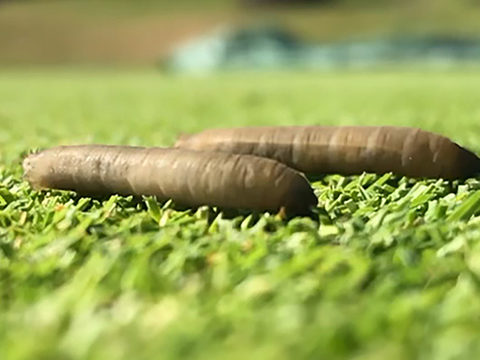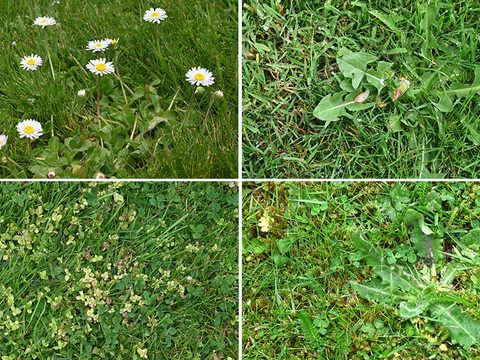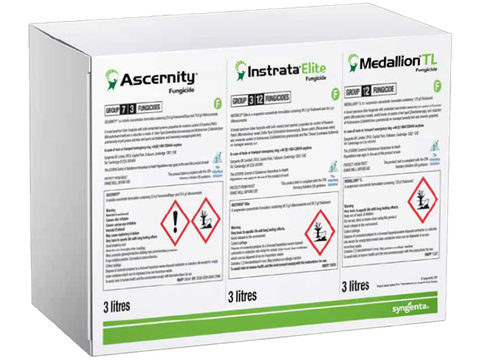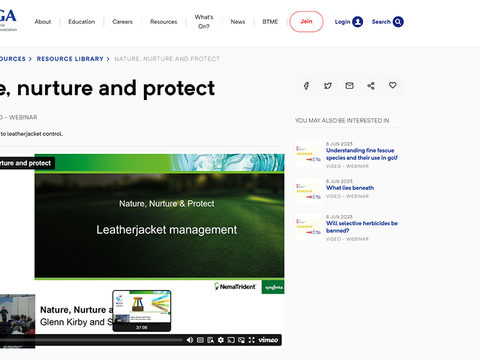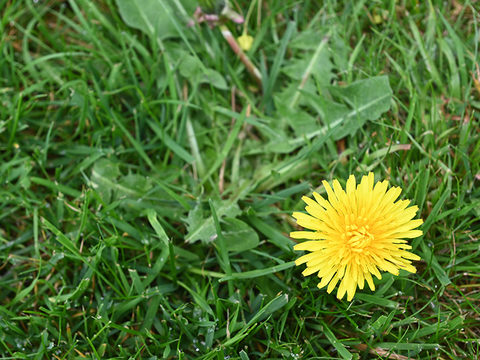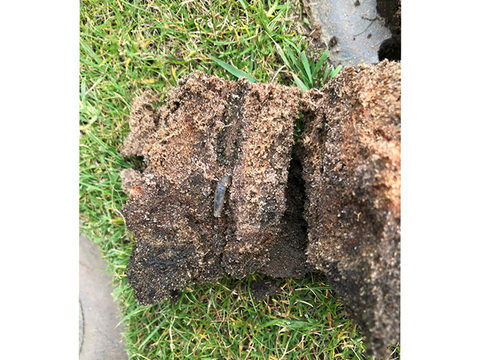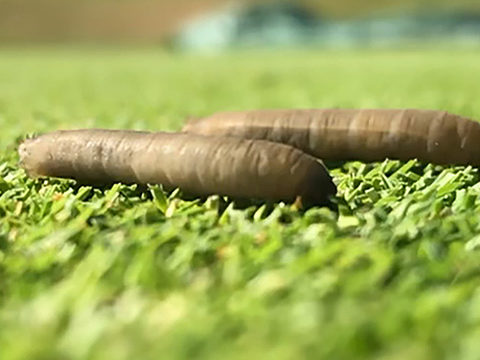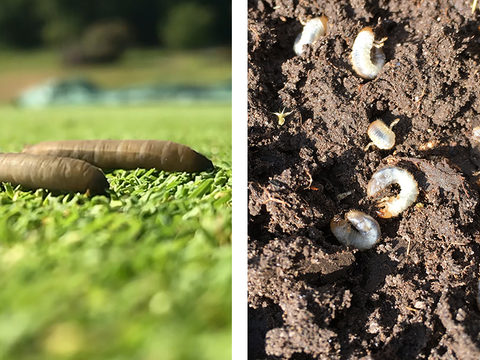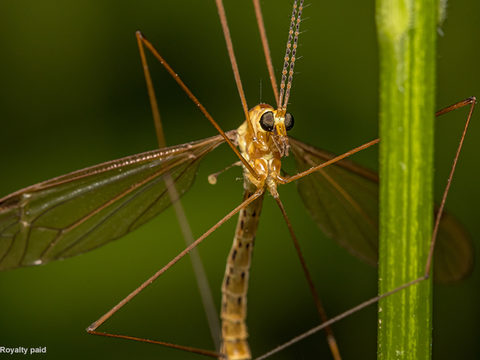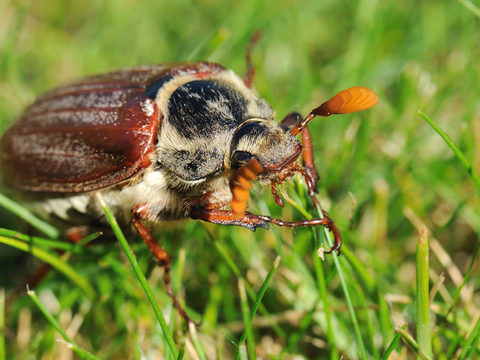Track attacks of turf pest populations
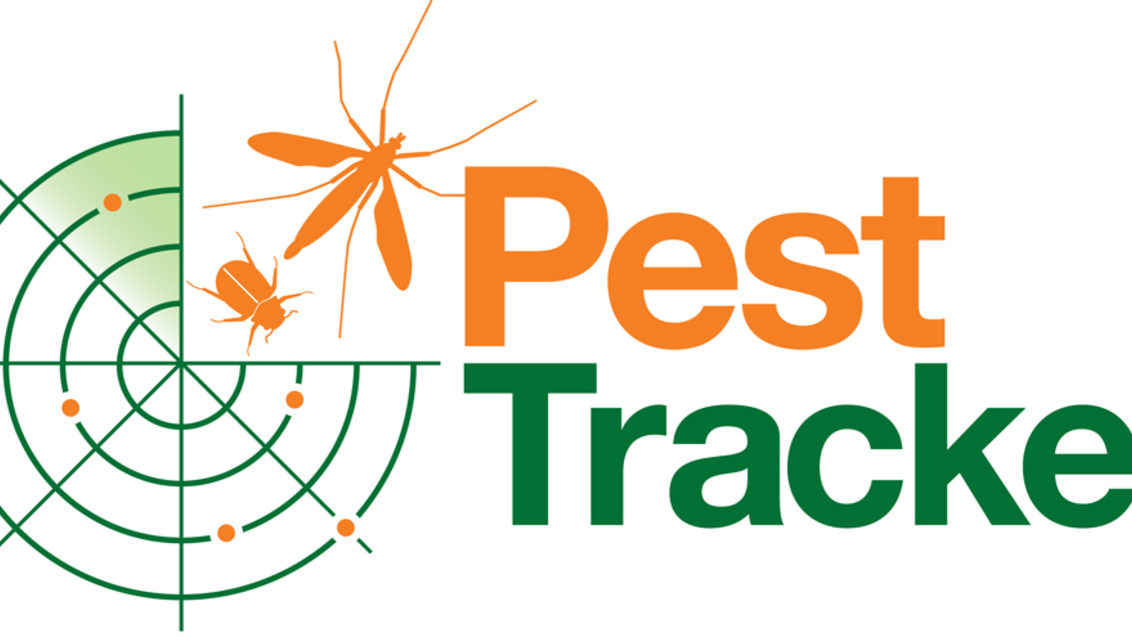
Warm weather early this spring triggered initial emergence of adult stages of turf pests up to three weeks ahead of normal. But numbers dried up in the heat of May, according to sightings reported on the Syngenta Pest Tracker.
Now, a period of cooler, wetter conditions could see a return chafer grubs and leatherjackets to the surface - and the emergence of more adult chafers and crane flies.

With more greenkeepers and agronomists now back out managing turf, their feedback on pest activity is crucial to build a picture of populations and potential risks.
Start tracking your turf pest populations now
The pattern appears to be repeating that of recent seasons. Serious damage is occurring on a limited number of courses; but where it does occur, the impact has been extremely severe.
Using Pest Tracker to understand where that damage is happening will be key to targeting Acelepryn application when and where it will have the greatest beneficial effects.
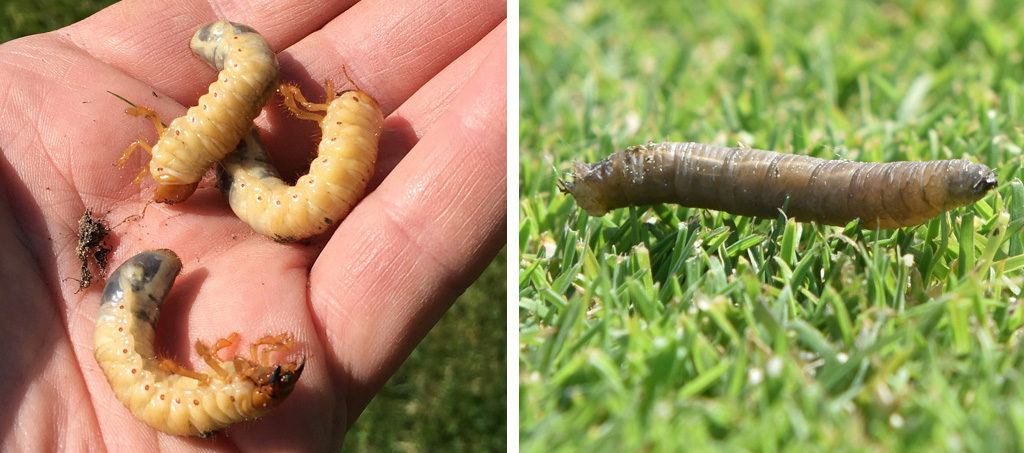
There's a GreenCast identification guide to assess which species of chafer and crane flies are present. Along with a guide to their life cycles to improve application timing, and targeting grubs at the optimum time of early stages after egg hatch.
See what pest threats you face
Turf mangers are urged to report on Pest Tracker on a weekly basis, even when no pests are seen; no shows are important to give a better understanding of pest populations.
Find out more about Acelepryn treatments for chafer grubs this season
Furthermore, Pest Tracker reports can now be linked to Growing Degree Day figures for individual golf courses, to begin to calculate the risk of when future attacks could be expected.


